Packing 14 locks, four tunnels and aqueducts at Bullbridge and Leawood into it's 14.5 mile (23km) length, the Cromford Canal is an impressive feat of engineering. Connecting Richard Arkwright's mills with the Erewash Canal and down to the River Trent, the canal presented a number of challenges when it was being built between 1789 and 1794, especially the 2966 yard (2712m) long Butterley Tunnel which is one of the longer ones on the canal system. Three smaller tunnels, Buckland Hollow, Hags and Gregory were also built, all four tunnels are on the level pound, the 14 locks being between Butterley Tunnel and Pinxton Junction where it joins the Erewash Canal. By the late 19th century subsidence caused Butterley Tunnel to collapse three times, the final time in 1907 when it was closed, cutting the canal in two. Commercial traffic ceased on the canal in 1944 and the canal fell into decline. Today a short section has been restored at Cromford where a horse-drawn trip boat operates. Two of the tunnels, Gregory and Buckland Hollow can still be visited on foot. There are plans to re-open more of the canal down to Ambergate but a full restoration is unlikely as it will mean restoring the Butterley Tunnel which will be a major challenge given the state it is in.
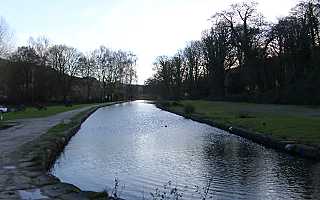 The canal at Cromford
|
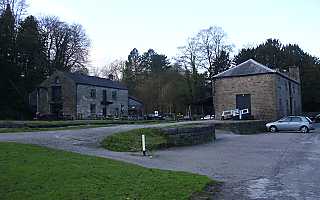 Cromford Wharf
|
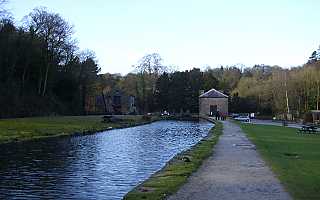 Cromford Wharf
|
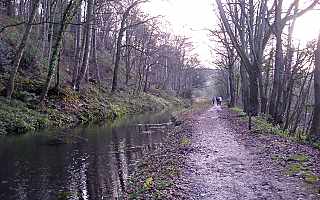 Winter on the Cromford Canal
|
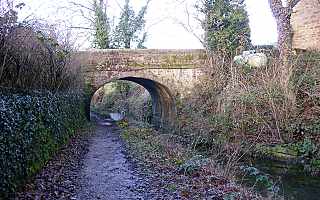 Bridge on the Cromford Canal
|
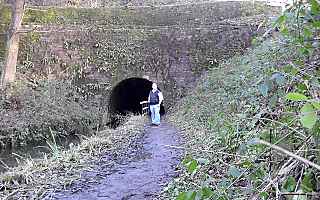 Me outside Gregory Tunnel - no vanity intended!
|
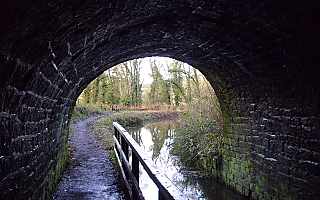 Looking out of Gregory Tunnel
|
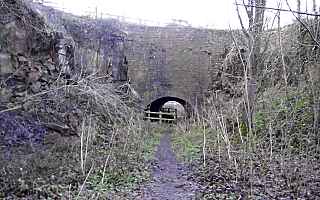 Buckland Hollow Tunnel
|
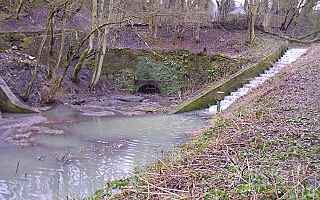 Butterley Tunnel
|